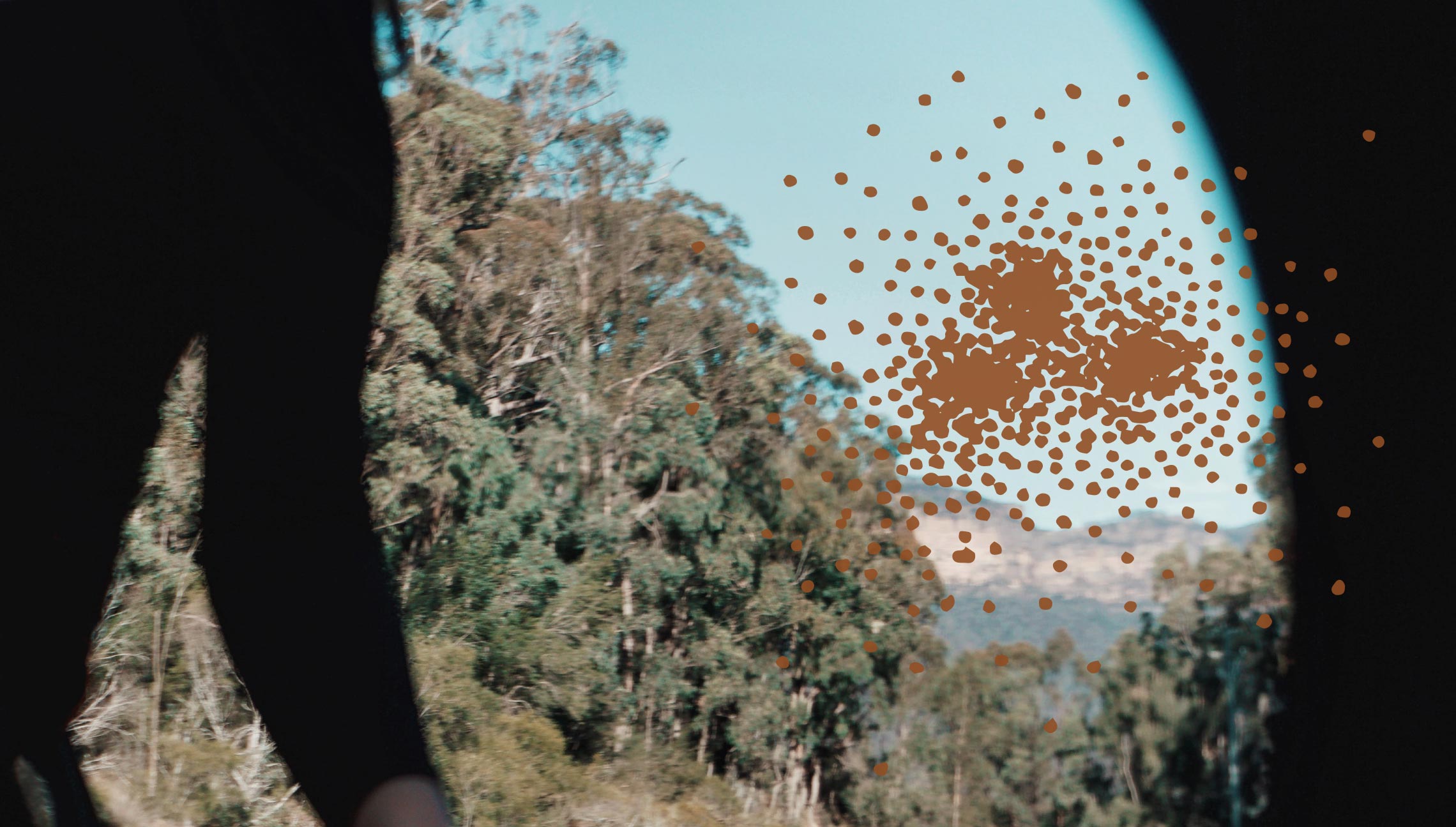The 3A Institute was founded to build a new branch of engineering to help shape a safe, sustainable and responsible world in the context of the 4th wave of industrialisation, characterised by artificial intelligence and cyber-physical systems. There is already need for a range of skills and knowledge for training in, thinking about, analysing, building, managing and regulating AI-powered cyber-physical systems — which will only increase over time. And this will require a new professional discipline that we don’t believe can be born out of a single existing discipline. Our vision is to provide the foundational contribution to this new branch of engineering by bringing together a diverse range of people with different disciplinary backgrounds, who care about, can imagine, and want to build a better future.
Rather than designing the new discipline on paper, our approach is to teach it into existence. We design and test our curricula iteratively, pulling in wherever possible cutting-edge research, as soon as preliminary insights are available. We also bring in practitioners and case studies where these systems and futures are already being built. And with each partnership we develop, training and knowledge development creates benefits in both directions.
With our education programs, we are testing how different parts of disciplinary practices, theories, methods, worldviews and the values of people from all walks of life can come together and engage with these constellations of technologies—these cyber-physical systems—and their associated societal and environmental shifts. Through this process we are rapidly developing transdisciplinary praxis for a new branch of engineering.
So what does it mean to develop a new transdisciplinary praxis? What does history tell us? Why is this relevant now? And what does it actually take to bring a range of disciplinary elements together to create a new one?
How is transdisciplinary praxis different?
In order to understand how ‘new’ disciplines can be created from elementary disciplinary theory and practices, I want to use a metaphor from food. It has been handed through the transdisciplinary scholarship community: those studying these processes of (r)evolutionary multi-, inter- and trans-disciplinary practice. It came to me most recently from Lorrae Van Kerkhoff, from the Fenner School of Environment and Society at the ANU.
To think about how to create a new discipline, or new disciplinary praxis, we need to think about how those different disciplinary elements come together.
Multidisciplinary practice we can understand is a bit like a salad. All the different elements are there and we can still see what they are. They have their own essence and form, but when we eat them, their collective flavours are typically more pleasant than separate piles of any one of them separately.
Interdisciplinary practice requires more linking mechanisms. It is more like a hearty soup or a casserole. We can see some of the elements but some of the others vanish to make the linking sauce. They require components to come much closer together and lose some of their form for greater gain.
But transdisciplinary practice is something quite different. It is more like a cake. When the ingredients come together with baking as the catalyst, they completely transform. We cannot take the cake apart and take it back to its fundamental elements.
Prototype recipes for building the new branch of engineering
To build the curriculum, our teaching team is working in what is more likely characterised as a multi or interdisciplinary way. Each is providing some of the most interesting and important resources and their expertise in analysing systems from a range of different disciplines: anthropology, computer science, engineering, physics, mathematics, economics, law, sociology, ecology, political science, philosophy, art and design, as well as the already very hybrid management and systems sciences. These various points of view and some carefully curated linking material help our students understand the new cyber-physical systems that they are creating in ways beyond already established branches of engineering.
The advantage of our current plan to teach the new branch of engineering into existence is that it is the students who become the catalyst for greater transformation and development of a ‘collective brain’. They are the ones who create links between disciplines and help transform understanding and practice into the beginnings of a new branch of engineering. Indeed, through their practice, it is quite possible that the praxis of the new branch of engineering may lose some of its initial elements: we won’t be able to identify them anymore. These new practitioners will take on a form of transdisciplinary praxis.
We don’t yet know whether this experiment will create a form of praxis that is a radical departure or just another turn of system science, which will help us understand the linkages between environments, technologies and societies better and, moreover, how the feedbacks between them come into practice.
Histories of small inter-disciplinary groups that shaped new disciplines and the world
One thing that informs our new transdisciplinary venture is an understanding that a new praxis is strongly guided by the values of their leaders and early participants. It matters who is in the room.
As we saw in the Macy’s conferences where Norbert Weiner developed his Theory of Cybernetics during the 40s and 50s, the contributions of Burrhus Fredric Skinner – a behavioural psychologist who was concerned with explaining how machines functioned – formed strong analogies between the way humans function and the way machines function. This lens shaped a very particular type of computer science and robotics in broader discourse from this point.
In comparison, a few years later at a meeting of complex systems academics — Le Groupe de Dix (the Group of Ten)—from France, a very different cybernetics lens through which to consider technologies and machinery emerged. This group which included more philosophers and more politicians, but still biologists and system scientists, were focused on understanding the essential qualities of nature. In particular how autopoiesis, auto sufficiency and autonomous reproduction could help us to understand being, existence and self: things that machines probably won’t have for a while.
Yet another inter-disciplinary body – the Club of Rome – pursued and formed a very different set of values by trying to understand the future of the planetary system and the limits to growth. They wanted to challenge the assumption that transforming the current economy to use less resources would inevitably reduce growth. From this group’s thinking emerged disciplines like ecological economics and the concept of circular economy in European Union policy.
Each of these groups demonstrates how the future we imagine and seek to build emerges from a particular set of assumptions and values brought by individuals and their disciplines. Equally, a new branch of engineering is built with the influence of each person, staff member, student and partner present in its form.
A New Branch of Engineering
The values of 3Ai Director Genevieve Bell are clear: the future we envisage will be brought to bear by applying a new branch of engineering to the 4th wave of industrialisation. Our work is to rethink how we see the world, who contributes and what knowledge to incorporate (into our transdisciplinary cake mix!).
So far, the new branch of engineering has been nourished through the (often multiple) disciplinary backgrounds and experiences of staff and students in the institute: sociology, anthropology, human geography, political science, management science, computer science, theoretical and nuclear physics, civil and environmental engineering, data science, health science, law, economics architecture, English studies, journalism and communication studies, to name but a few.
3Ai is also influenced strongly by our people’s backgrounds and where they studied. The institute is located in Australia and embodies the culture of this country, but it also has a strong link to the United States, in particular to large technology companies. We have a strong link to the French-speaking world - both European and Canadian – as well as some influences from the Middle East and the Asia-Pacific. We are strongly influenced by people who care about gender equity, First Peoples, environmental sustainability and health and well-being. We are also in conversation with other groups coalescing into different interdisciplinary constellations across the world and are shaped by their influence.
For now, discussions and building the new branch of engineering continue by teaching it into existence, our 3Ai framework continues to be developed through research and taught, and subsequently iterated and formalised into a new discipline and professional practice. We are always looking for more partners and co-conspirators to join the conversation and to help us build it. We look forward to seeing what shape it ends up taking and how it ends up being translated into different contexts around the world. What we do know is that it will be practical for the people who will apply it and will help us to build a more responsible, safe and sustainable future for all of us, as we take the AI-powered cyber-physical systems of this fourth wave industrialisation to scale.
Acknowledgements
The content in this blog has only emerged thanks to multiple contributions from 3Ai staff, students and partners. It is a collective story and one that will continue to evolve as the collaboration around the new branch of engineering and its praxis grows. Thank you to Ellen O’Brien and Maia Gould for the taming of this instance of the narrative into a more digestible form.

